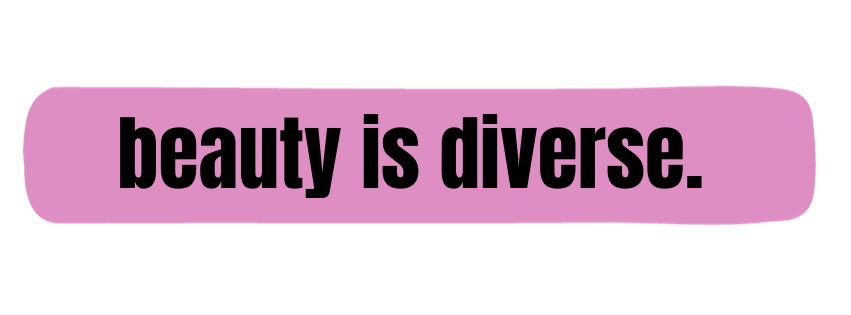BEAUTY HURTS

THE MYTH: THERE IS ONLY ONE WAY TO BE BEAUTIFUL
Hegemonic beauty reproduces the idea that what is beautiful, desirable and valuable about bodies responds to a single model. Any body that does not assimilate to said model or does not show a desire to approach it, is judged, ridiculed or repudiated.
Hegemonic beauty standards include features associated with the eurocentric aesthetic, thinness, youthness and more! The original Barbie precisely represents hegemonic beauty standards: young, tall, thin, white, blonde, clear eyes, straight hair, long legs… and the requirements go on and on and on but you get the idea. The problem comes when no women on earth fit those thousand characteristics.
Hegemonic beauty imposes a tyranny over women's bodies. Women internalize the idea that they need to be fixed and are motivated to do anything in their hand to resemble the ideal, in this vein women are permanently frustrated and ashamed of their own body.
The consequences are tragic: from low self esteem and lack of confidence to eating disorders, public anxiety and even depression.
Studies reveal that 70% of adolescent girls are unhappy with at least two features of their bodies. One in four women admitted to have started struggling with negative body image when they were 10 years old or younger. The data for 2023 indicates that more than 1 in 10 young females have a diagnosed eating disorder.
Hegemonic beauty standards are extremely restrictive towards women's diversity. Society shall not aim to broaden them, but to destroy the idea that there are requisites to fulfill to be considered beautiful.
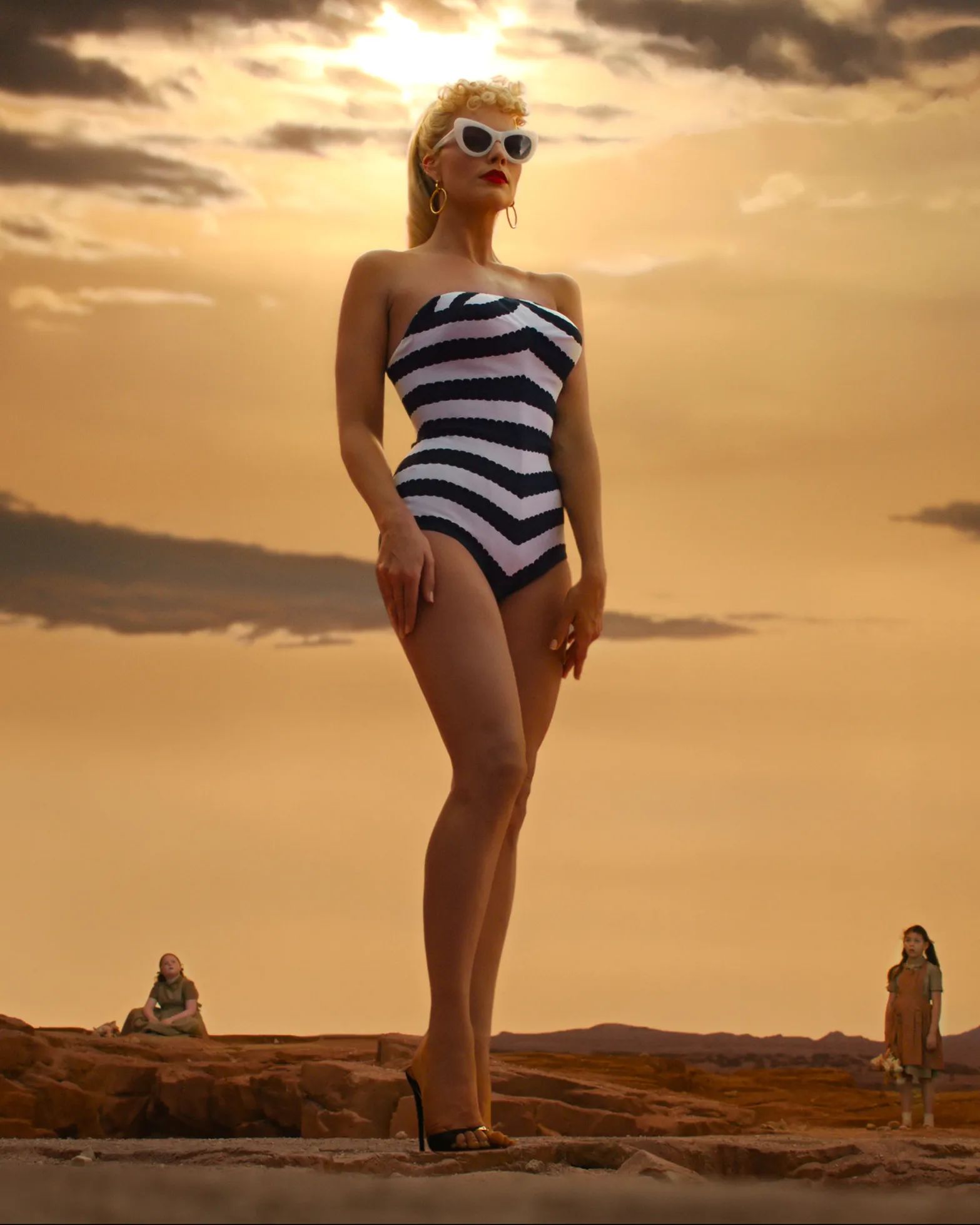
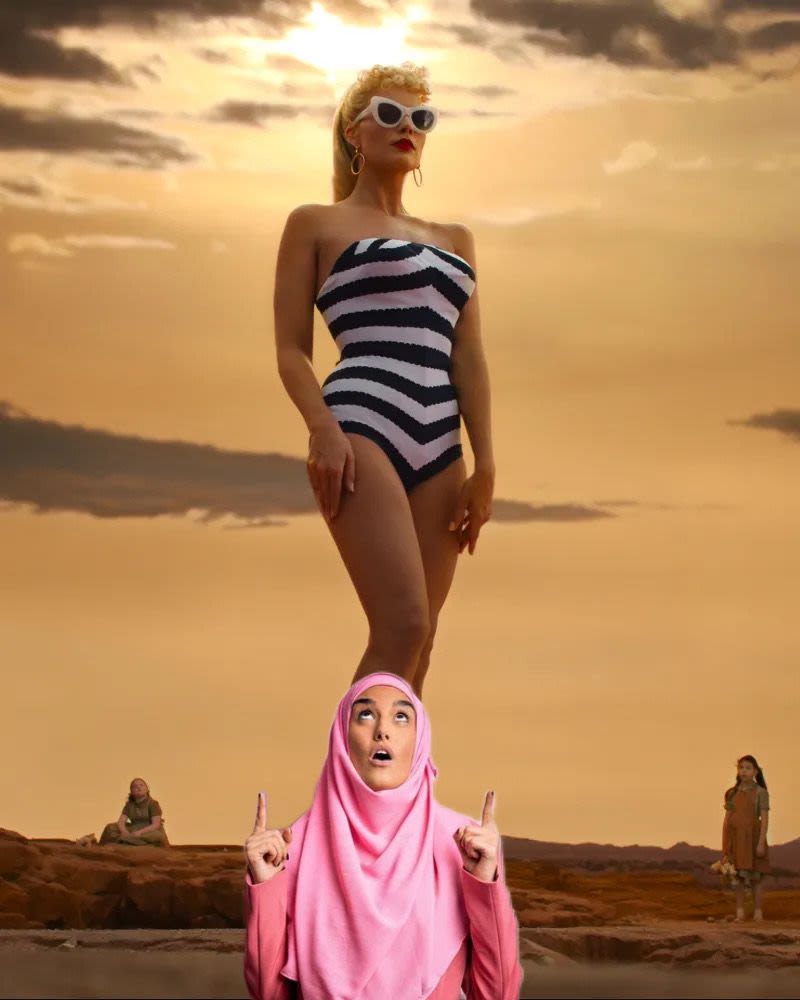







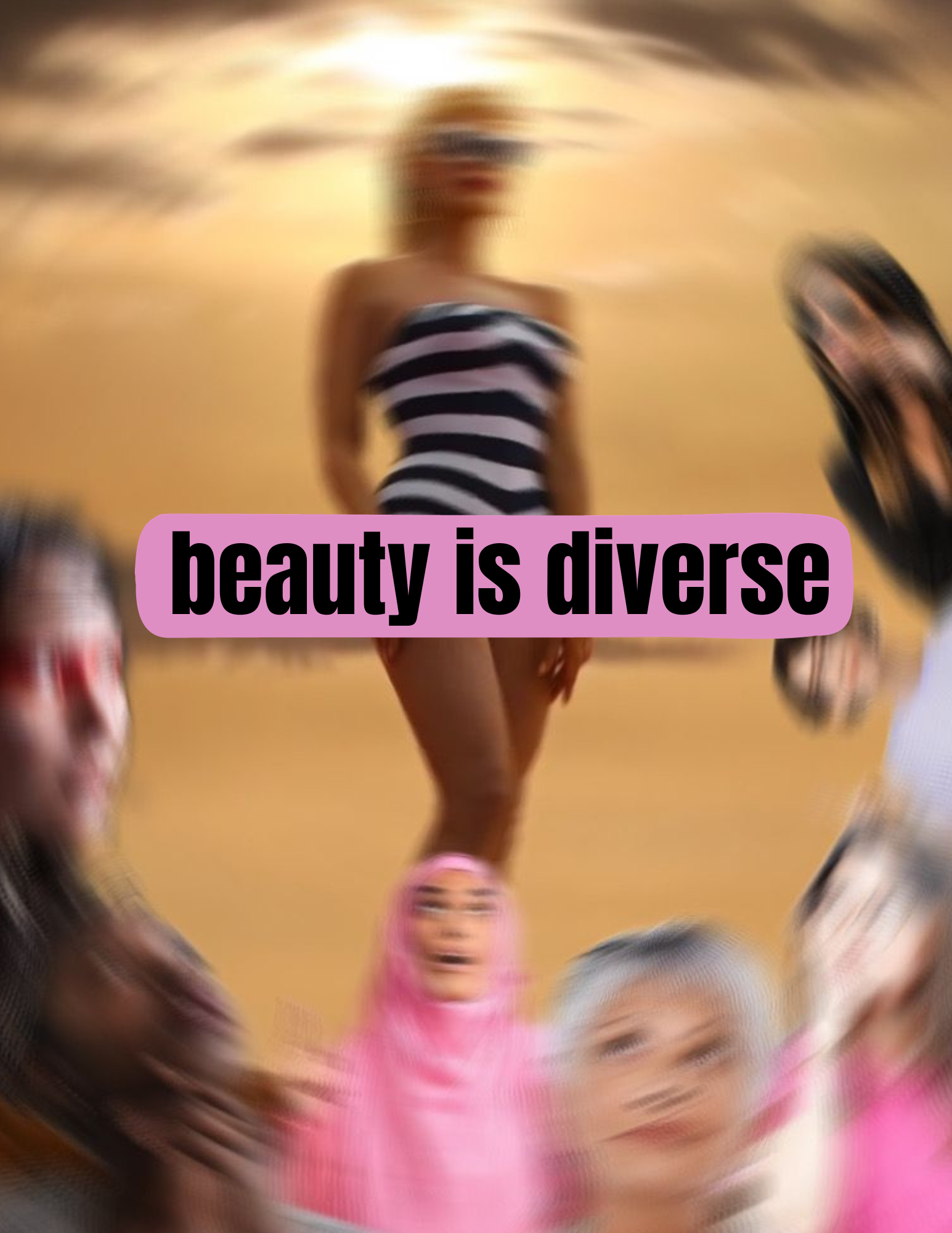
Body shaming means to mock or stigmatise an individual by making critical comments about their physical appearance.
Body shaming has been emphasised by unrealistic beauty standards developed in the media, such as magazines, movies, and arguably most important, social media. Body shaming is implemented on those that do not fit the current beauty standard, which changes through trends, hereby impossible to keep up with.
A National report regarding self-esteem stated that over 94% of teenage girls felt body shamed, with 54% of women feeling dissatisfied with their body, claiming that 80% of these women felt tv and movies enhanced these insecurities. Although being body shamed as a teenage girl is extremely harmful, it starts earlier with over 50% of 6-8 year olds wanting to be ‘thinner’.
2000´S FILMS WERE INFLUENTIAL
Examples of this are comments in Mean girls, shallow hal and Bring it on: All or Nothing. The repetitive body shaming toward cheerleaders in Bring it on, the entire premise of Shallow Hal, and the constant monitoring of the 'Plastics' body image and looks in Mean Girls was/is extremely detrimental to how the viewers perceive themselves.
Women watched these characters as something to admire, we wanted to look like Rachel McAdams, Gwenyth Paltrow and Hayden Panetterie, all light-skinned, skinny and blonde. With those depictions on big screens, and beauty standards consistently implemented, it was bound to create body shaming and negative perceptions of self.
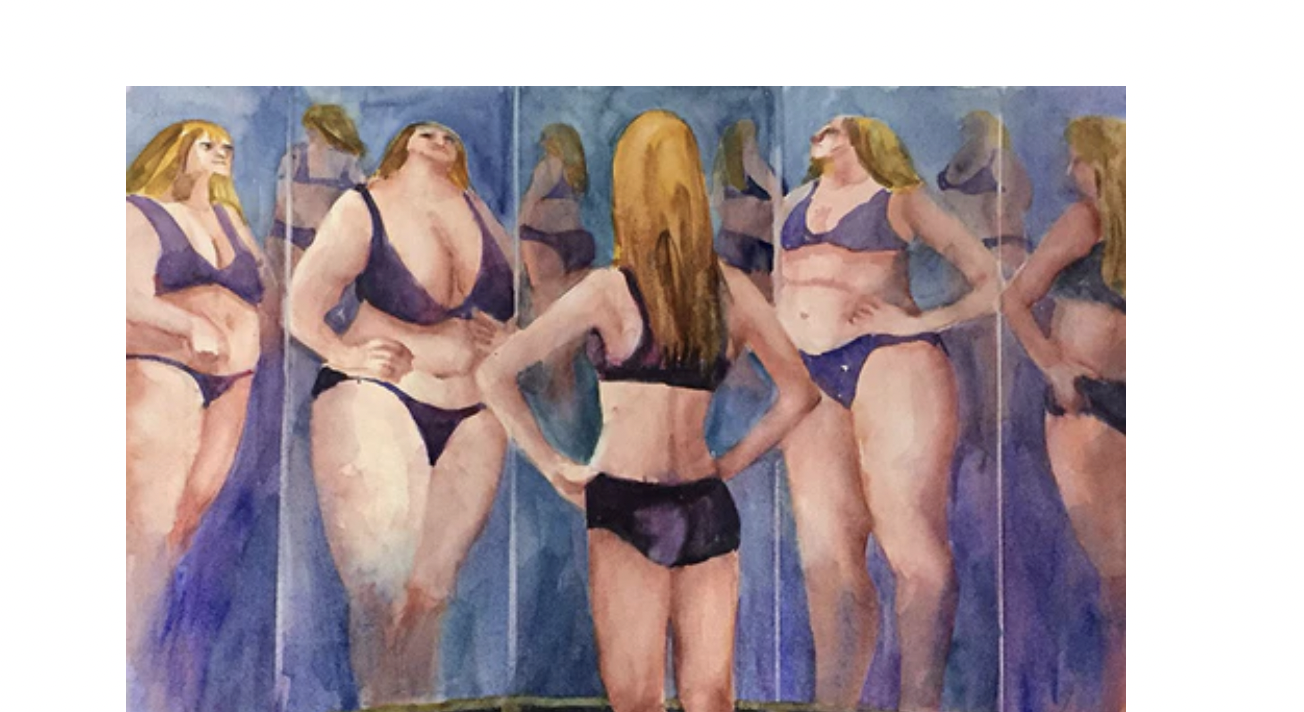
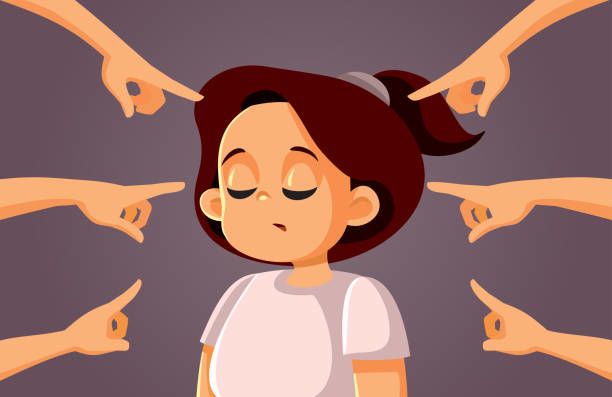
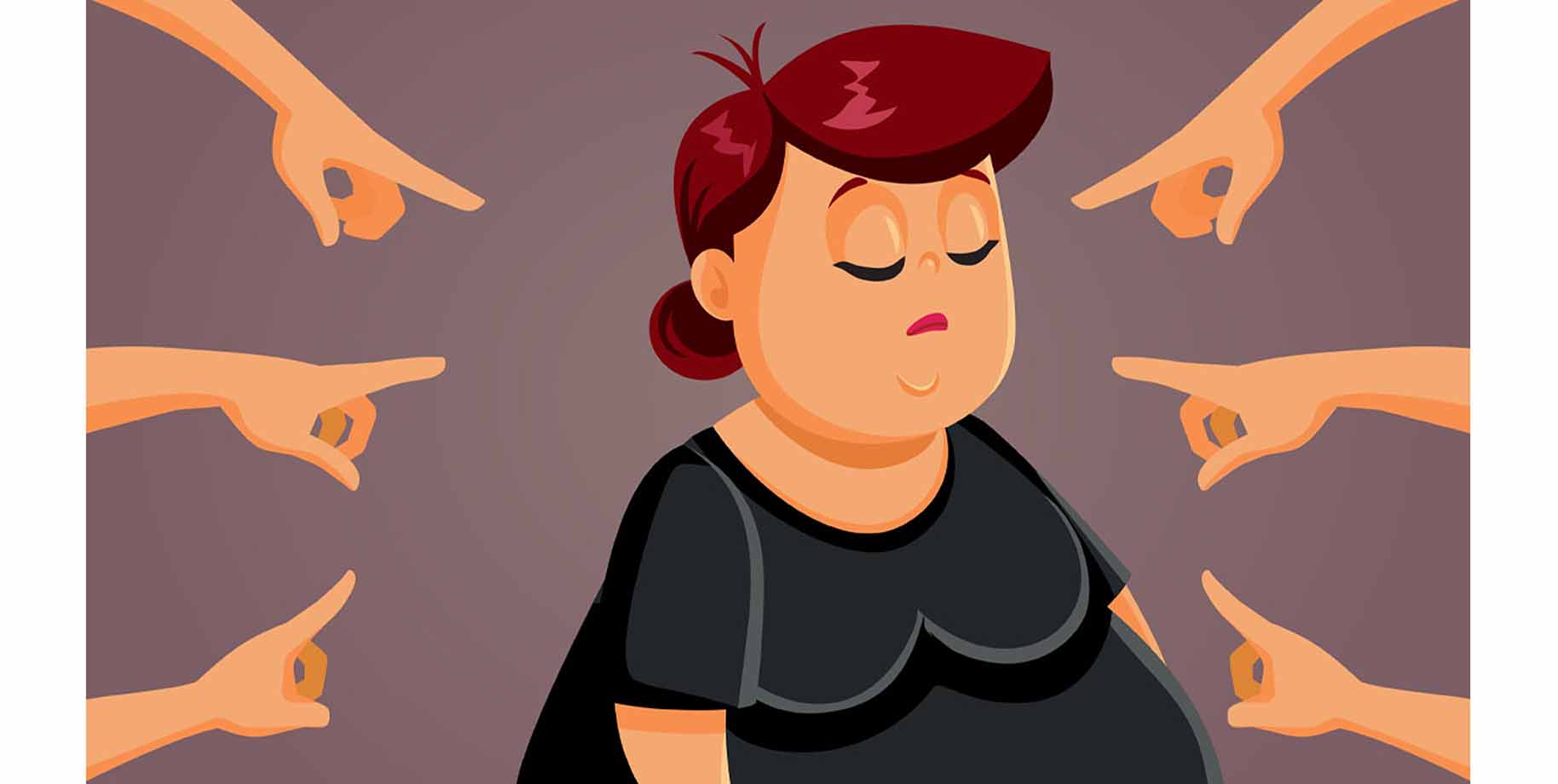
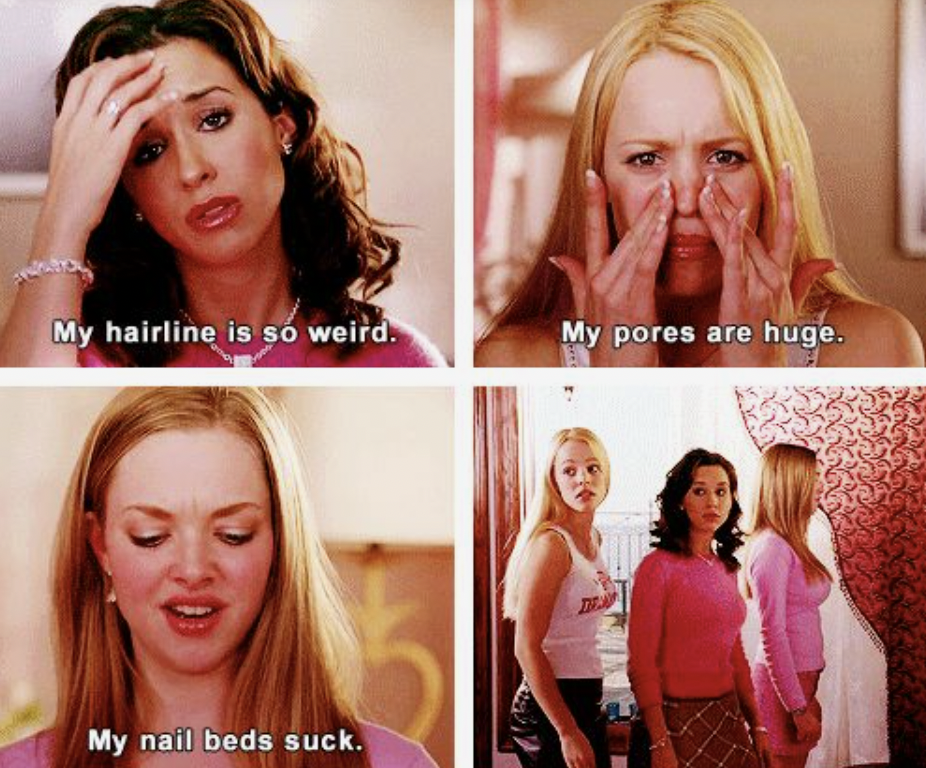
Due to the beauty standards embedded into our society, emphasised by constant body shaming in movies/media, this has curated unrealistic expectations for how women should look. This expectations are implemented through photoshopped images prevalent in influential magazines, such as Vogue, our generation's relationship with social media, and the 2000's movie/tv we watched during our childhood.
The unrealistic expectations woven in our society are constantly changing and influenced by the current body trend. Throughout the last decades there have been drastic changes, from skinny, light skinned and blonde in 2000’s, to curvy women with a big bust and bum. These trends force women to enhance the way they look to fit the unrealistic expectations, if not, they are subject to body shaming creating distorted perception of themselves. Trends accumulate through influential people of the time. In the early 2000’s, this would have been celebrities, including actresses’ and supermodels.
Through campaigns and magazines with paparazzi photos, people could view how these celebrities looked and what they were wearing. Arguably for our generation, social media influencers create trends, and will typically fit into the unrealistic expected beauty standard.
An example of this is Alix Earle. Alix is an influencer emerging on TikTok. Although she is charismatic, intelligent and relatable, she fits into the current beauty/body trend, potentially emphasising the unrealistic expectations.
Despite this, influencers can have a positive impact while enhancing the relatable category. Alix has struggled with cystic acne, therefore while being transparent with her acne journey, she is breaking the chain of unrealistic expectations and portraying that celebrities struggle with real-life issues, especially regarding body image/beauty standards.
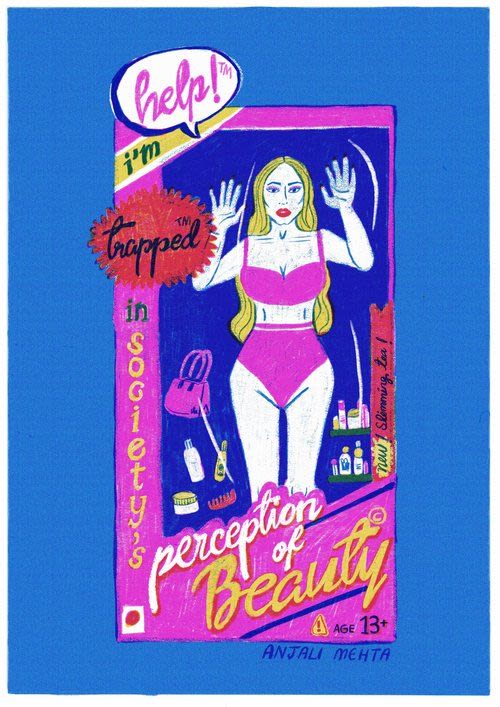
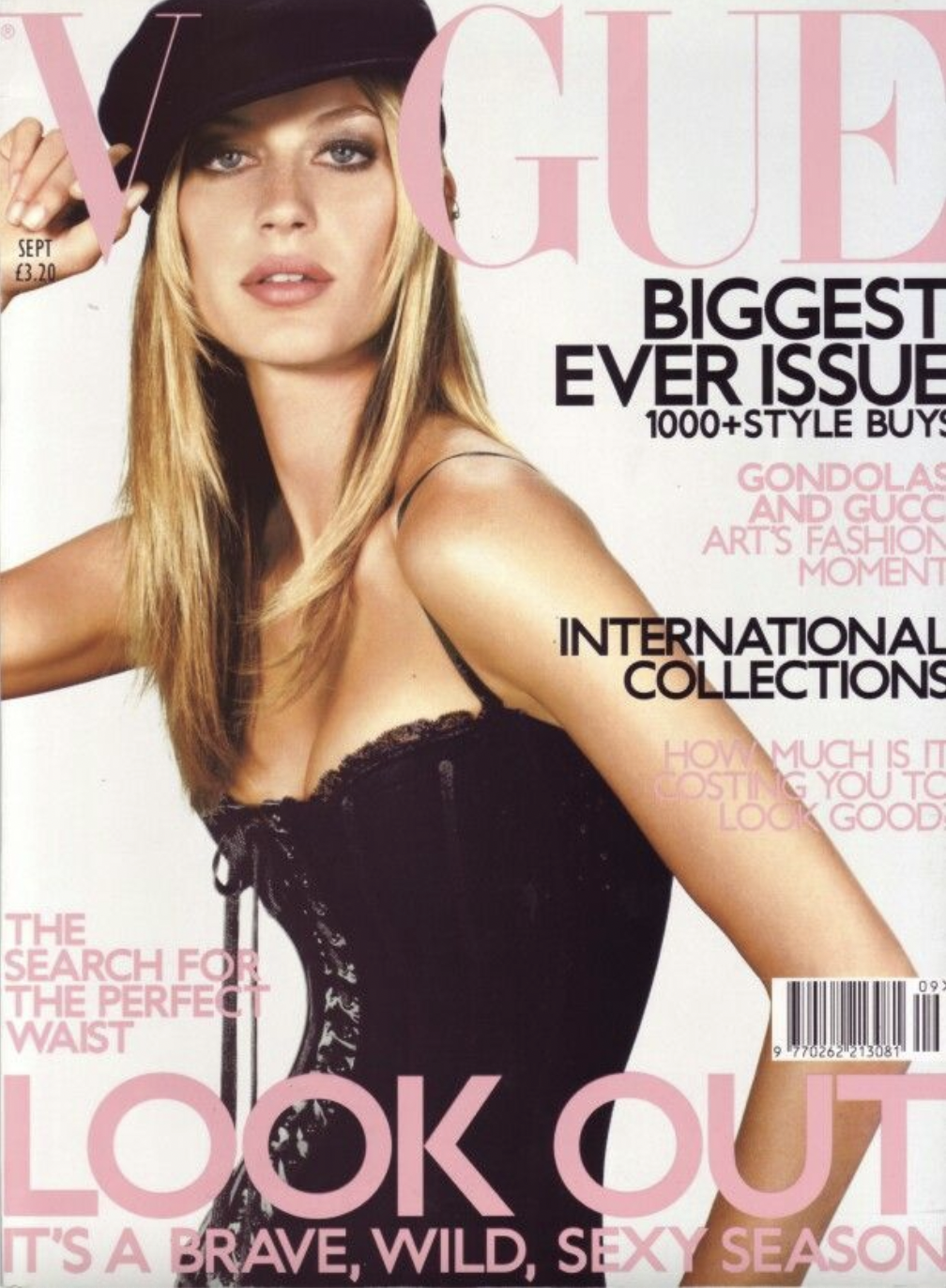
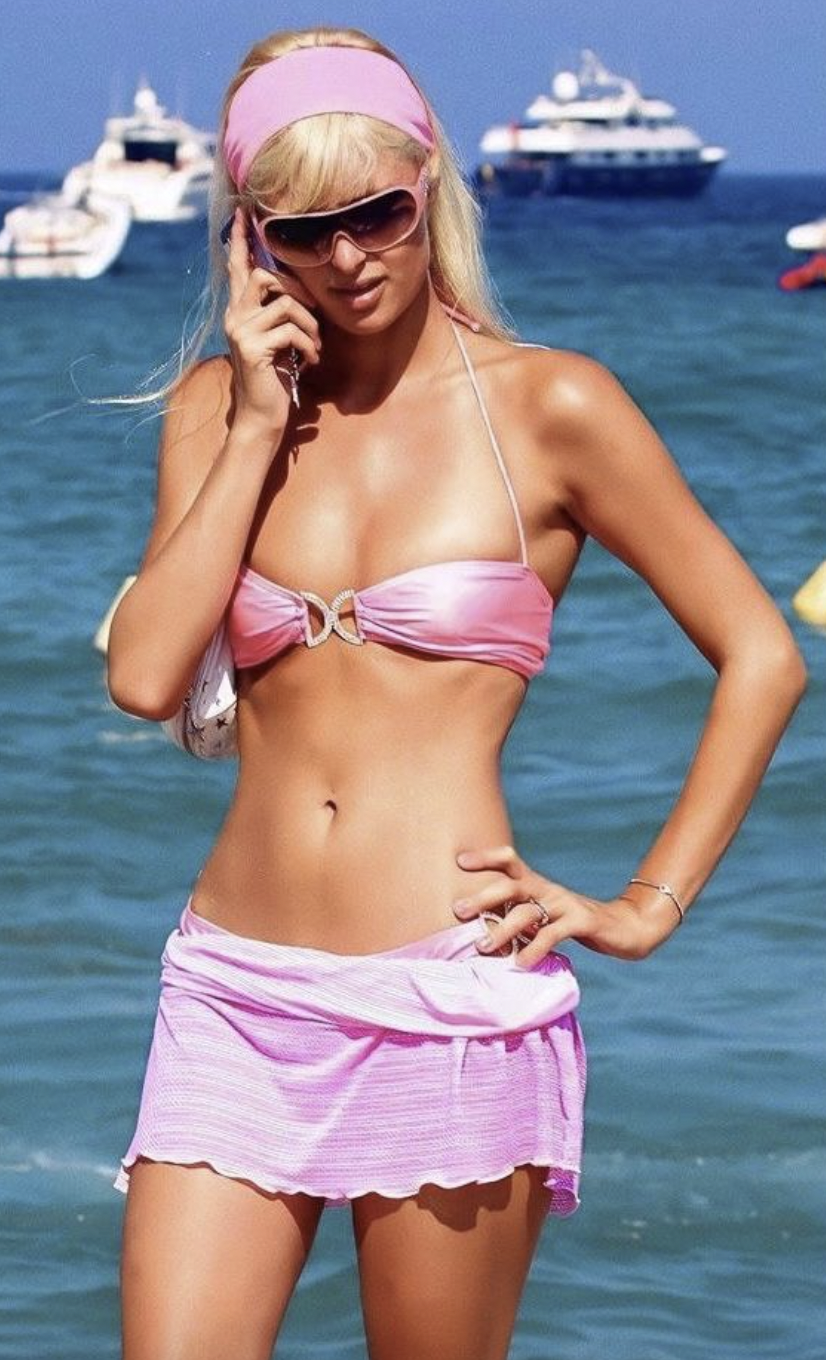
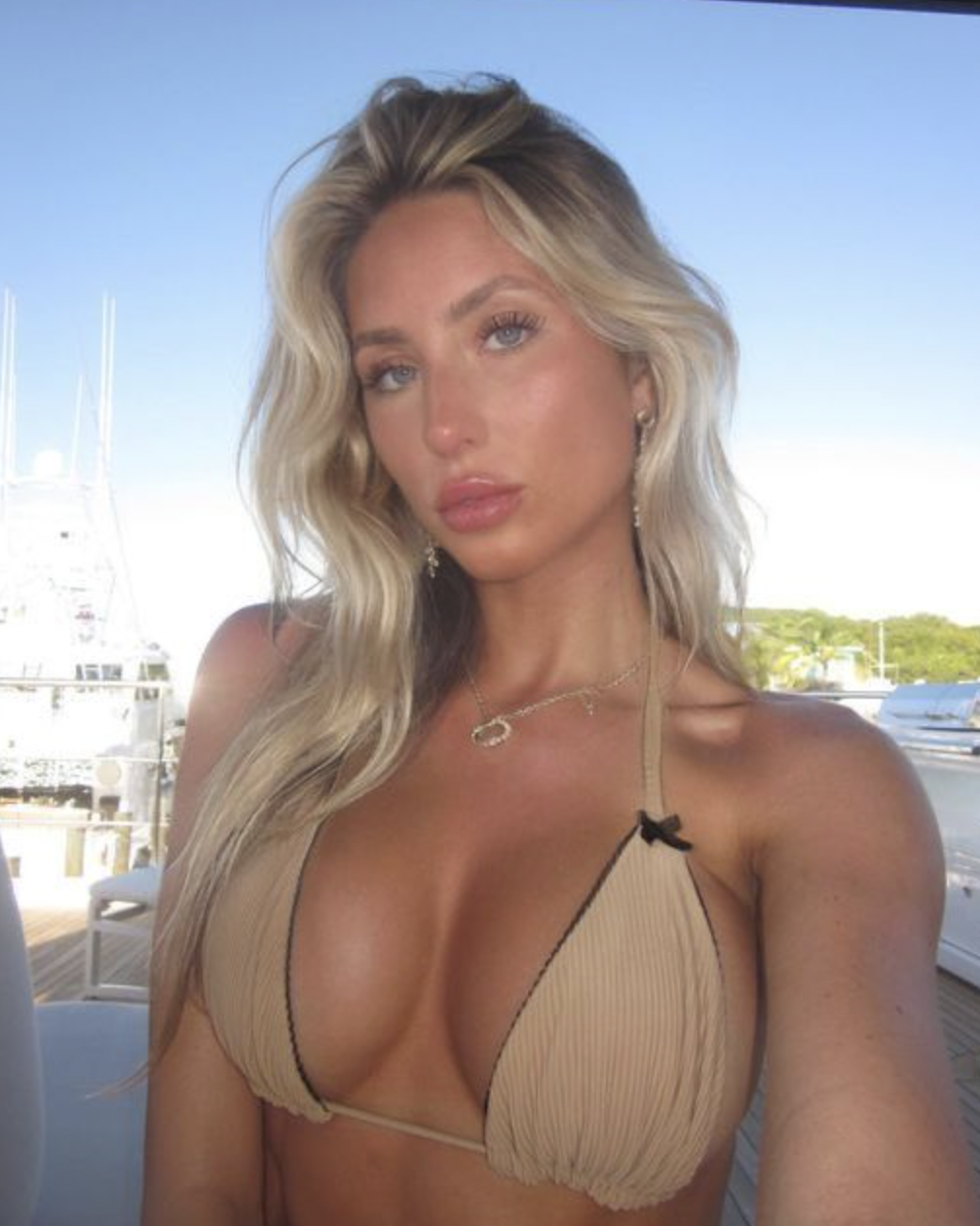
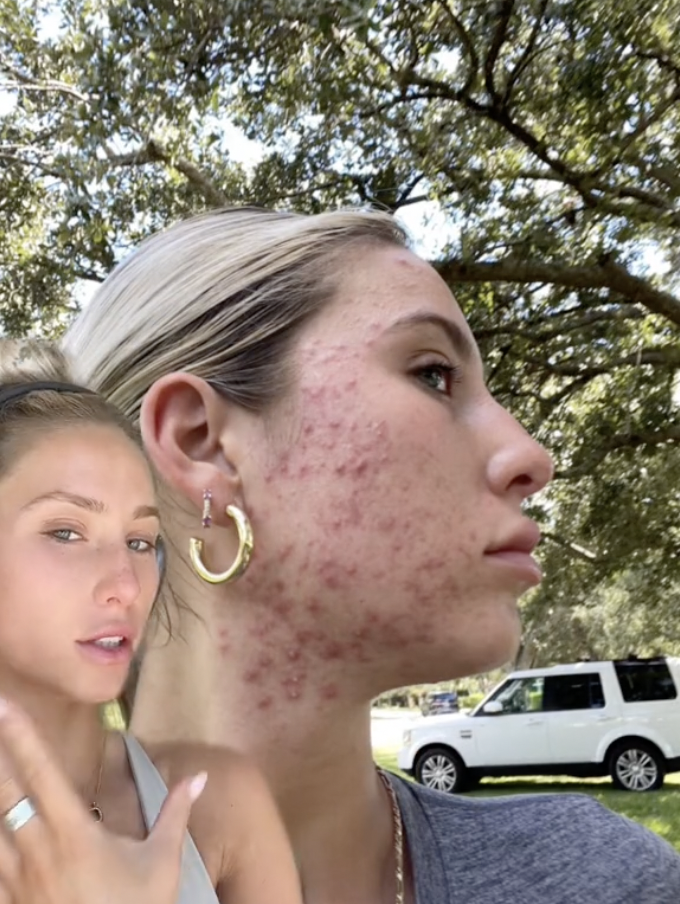
WHY ARE WOMEN EXPECTED TO BE SEXY, HOT AND BEAUTIFUL EVERY SECOND OF THEIR LIVES?
Women are not allowed to mourn, give birth, wake up or even exercise without looking amazing. Women simply cannot afford to look shabby or unkempt. Women who do not play by these rules get called dull, lazy and unattractive.
Take Kate Middleton as an example, she posed for the paparazzi just after giving birth, with full make up and wearing high heels. As if that was natural or even safe !!
This irrational expectation of a woman being perfectly made up and well dressed for any situation 24 hours a day may be linked to the male gaze. The male gaze refers to the way women are perceived and portrayed by men in different media so that they appeal to their own values and interests. Women are often portrayed as hyper-sexualized, ready to please, submissive, dumb, innocent, wearing full makeup giving the image of perfection.
Commonly there are seductive dances scenes, women being playful all the time, wearing sexy clothing in any situacion or just deciding to get undressed randomly.
Written by a man is a trend in tiktok that mocks this unrealistic portrayal in books, films, tv shows, videogames, etc.
This trend highlights the way sexism is engrained into media and indeed society as a whole. And the fact that men are completely out of touch with the way that real women behave, depicting them as hyper-sexual objects existing purely for male pleasure.
"Even i don't wake up looking like Cindy Crawford"

MEDIA ENFORCING
Addressing the pressure to be beautiful at all times and challenging the male gaze involves recognizing these issues on both personal and societal levels. It's a complex and ongoing process that requires collective efforts to redefine beauty standards and promote healthier and more inclusive ideals of beauty and self-worth.
It is difficult to be healthy in a toxic cultural environment
Editing of women has been happening for a long time. We may think we are seeing one women but we are actually seeing 4 women .
Editors use one women's face, another's hair, another's woman's hands and another woman's legs. Four or five women put together to look like on perfect woman.
Images are constructed not real, but real women measure themselves against these constructed images every single day.
The body type we see and that is seen as acceptable less then 5% of women have. Girls learn and are encouraged to sexualise themselves to be accepted by society
Hot becomes the measure of success. This is why women seek male validation as the media teaches women from a young age that sexualising yourself will make you be wanted
"In this airbrushed online environment, everyone now has access to their own virtual plastic surgeon. “Using a face filter will show a patient what they look like with a smaller nose, no bags under their eyes or more defined jaw line”
With Botox and less-invasive fillers becoming increasingly less expensive , it’s no longer just celebrities and youth-seeking retirees obtaining that “best self”; it’s wealthy millennials and Gen Z’ers too.
55% of plastic surgeons in 2018 reported their patients’ surgeries were motivated by a desire to look better in selfies.

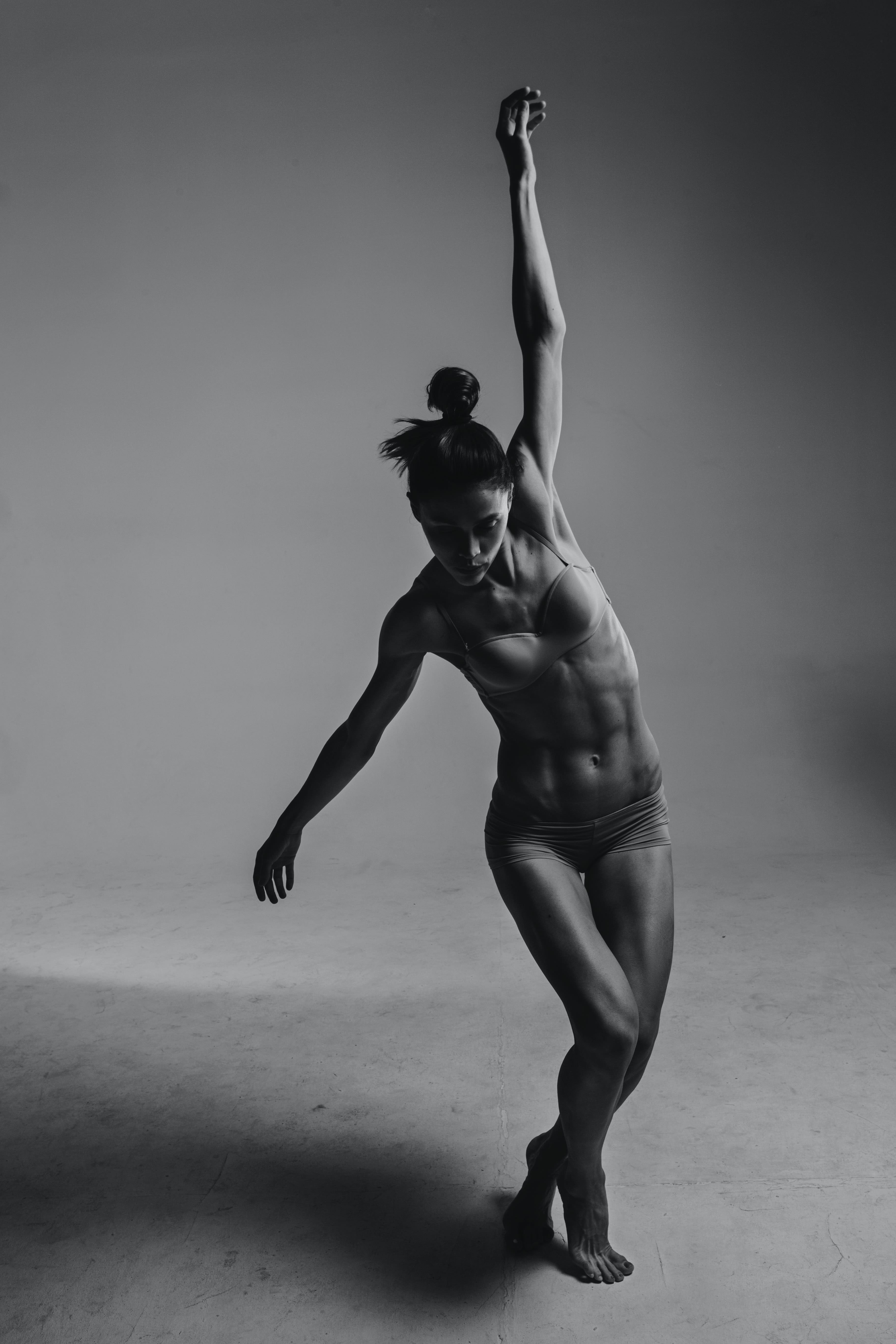
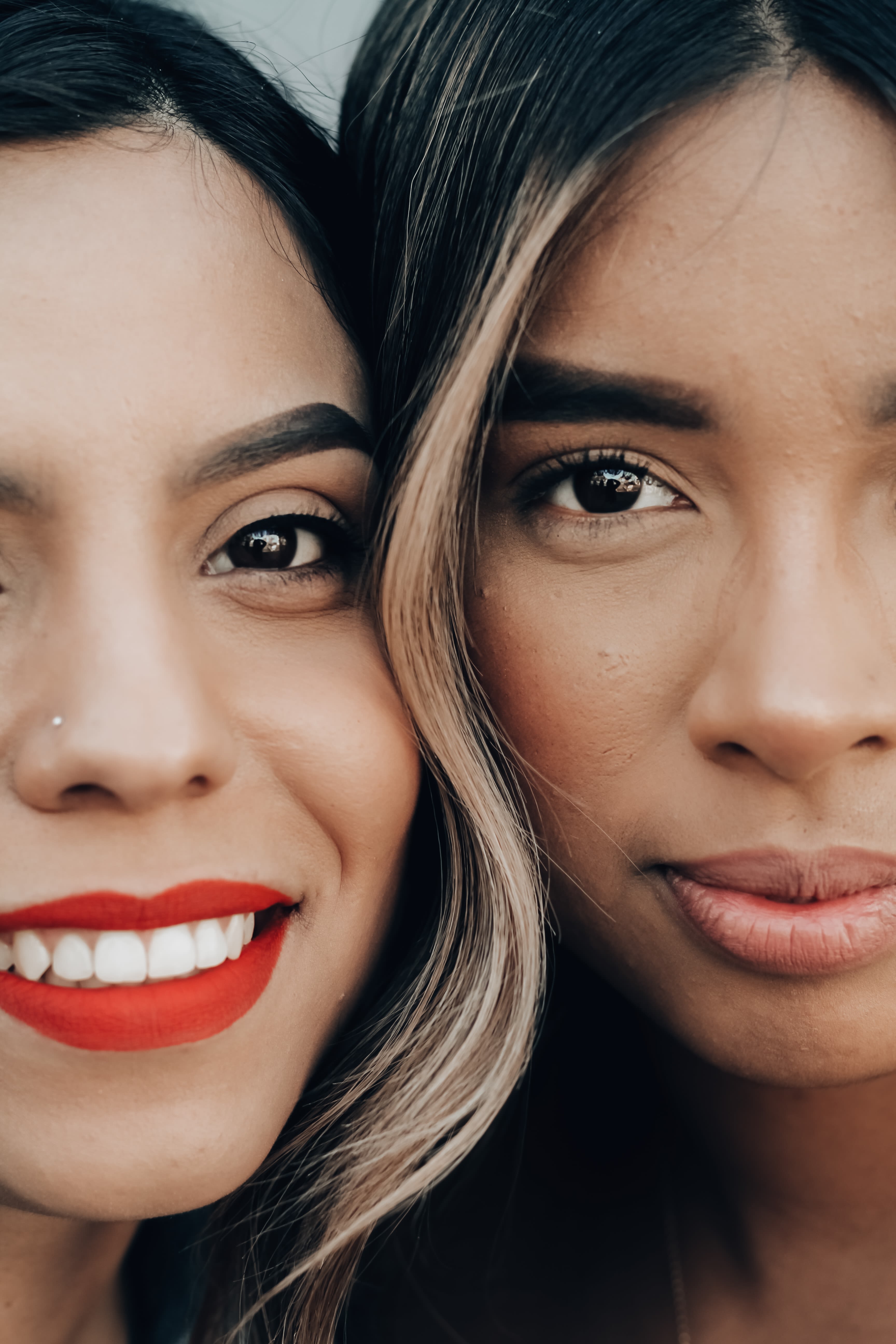
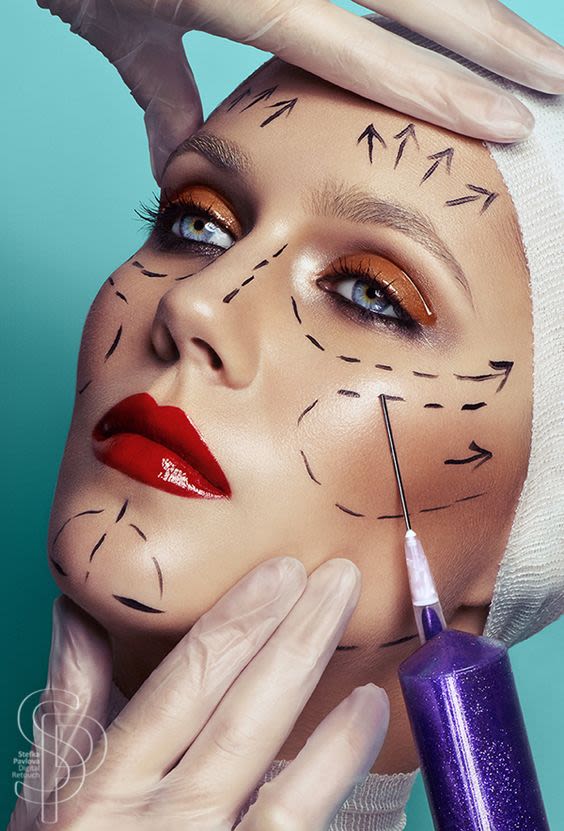
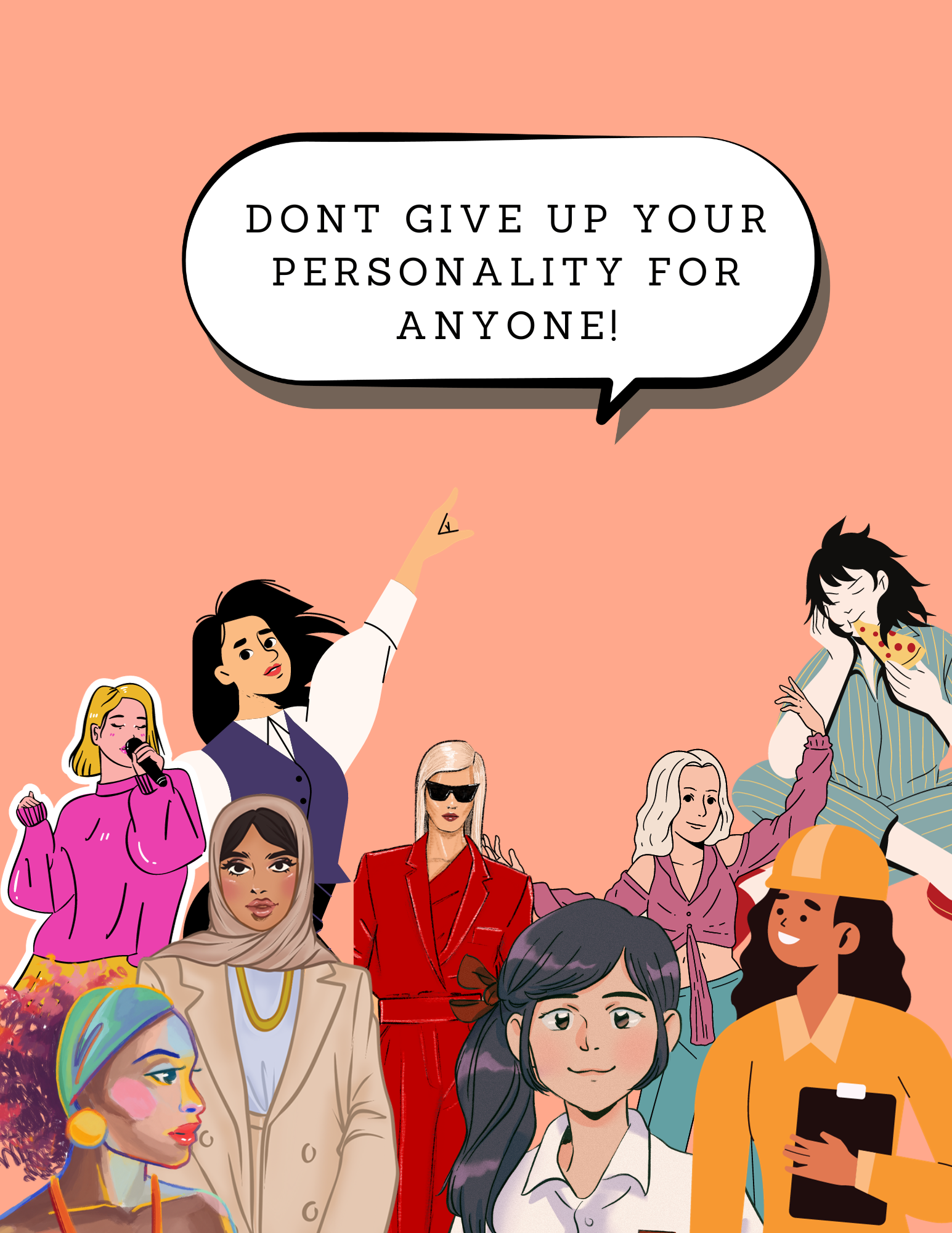
Social media feed into excessive reassurance-seeking behaviours and unhealthy attempts at getting validation from others.
The internalization of the male gaze contribute to women feeling the need to seek male validation to gain acceptance or self-worth. Women are forced to act or change in order to please the male gaze, because that was the only way they were told they would be found desirable or accepted.
Women are pushed to prioritize male approval over their own self-worth.
When women feel that they don't measure up to the beauty standards promoted by society, they may seek validation from men as a way to feel more confident and accepted. The objectification of women would negatively impact their self-esteem and self-image.
The term 'pick me' girl has come from TikTok. A 'pick me girl' is considered someone who seeks male validation above all else. "their interests are designed solely to impress men, their opinions moulded to the man of the moment – be them sexist or not - and crucially, they have no time or respect for other women."
The problem with the pick me trend, as it has no become a term to pull another women down, who shows any interest in a male dominated hobbies or male.
These depictions perpetuate the notion that girls who like sports or do not wear makeup are automatically “pick-me girls,” when for many, these behaviours are just part of their gender expressions and personal preferences.
WOMEN SHOULD NOT BE PUSHED INTO CERTAIN ATTITUDES TO PLEASE OTHERS.
REALISTIC PORTRAYAL FOR WOMEN FREE FROM BEAUTY EXPECTATIONS .
“It’s not my responsibility to be beautiful. I’m not alive for that purpose. My existence is not about how desirable you find me.”
